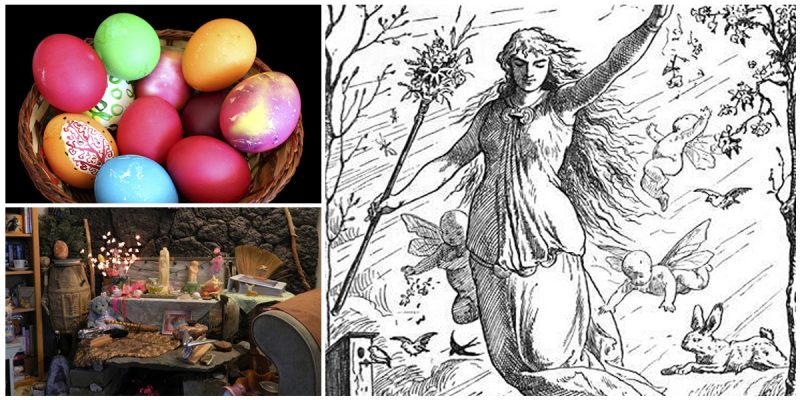The Germanic goddess Ostara or Ēostre is known as the goddess of spring and dawn. She was mentioned only once by the British historian Bede in his work The Reckoning of Time in the 8th century where he claimed that at that time the pagan Anglo-Saxons named a month of the year after her, Eostur, and held feasts in her honor.
Later, the month (today April) was replaced by the Christian Paschal, and it became a celebration of the resurrection of Christ which all around the world is known as Easter.
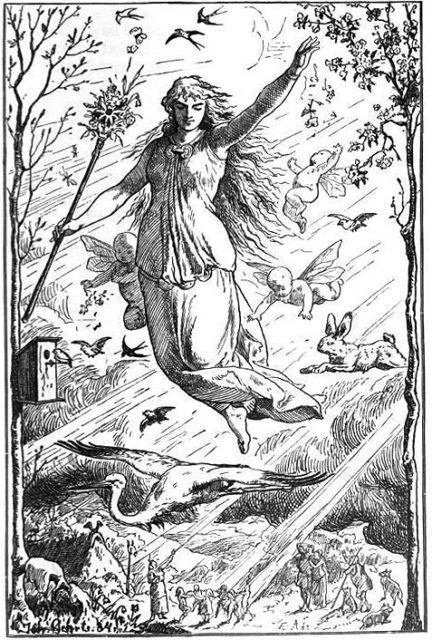
Because the only source for Ēostre is Bede, it is hard to believe that she was the source of the word “Easter.” Many scholars, including the German mythologist Jacob Grimm, think that maybe the goddess was his invention. There are many theories which connect Ostara with the Germanic Easter customs such as hares and eggs. There is a story of Ēostre from recent times that is very popular among neo-pagans, and it goes something like this: a little girl found a little bird that was freezing to death and turned to Ēostre for help.
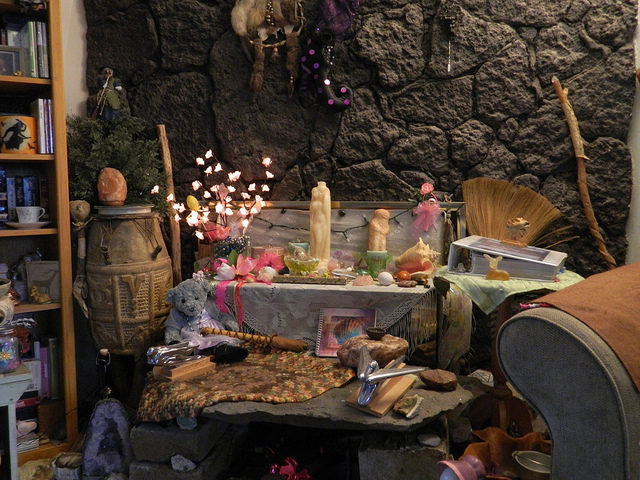
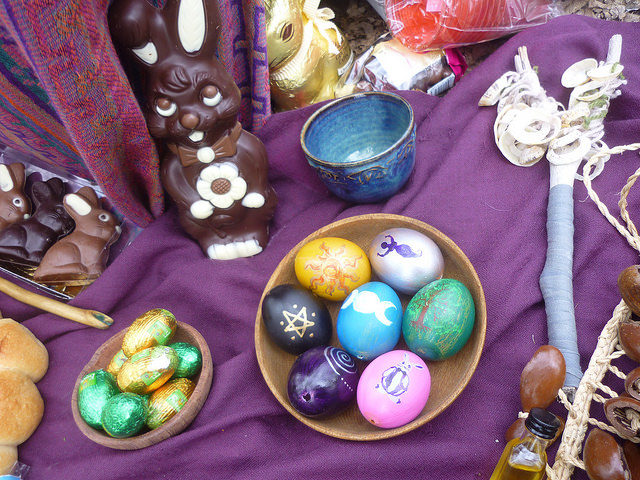
Then, the goddess came from a rainbow bridge, clothed in her red robe of warm, vibrant sunlight which melted the snows and the spring arrived. Because she couldn’t do anything about the bird’s life, she turned it into a snow hare who brought rainbow eggs.
There are no historical accounts of the egg practice in the neo-pagan holiday of Ostara which is held nearly at the same time as Easter. It is often believed that the painted eggs are a pre-Christian component of the celebration of the goddess.
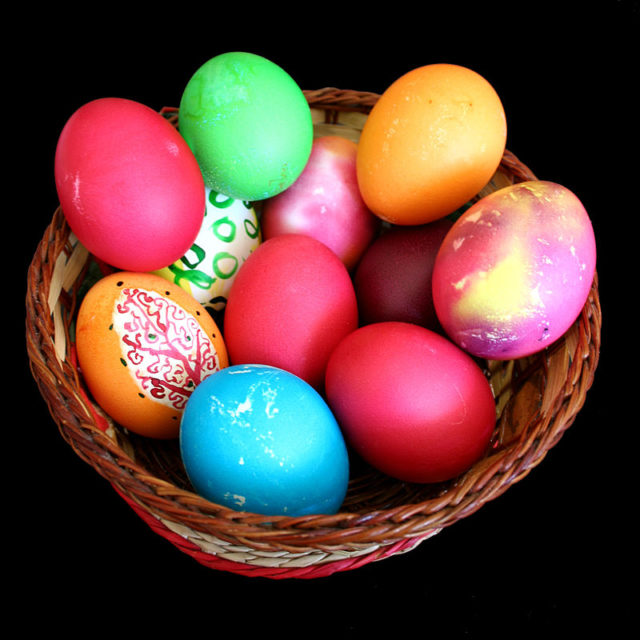
In the 19th century, Charles Isaac Elton talked about the association of the goddess with the Easter customs, while Charles J. Billson talked about the history of the hare in Northern Europe in the period of Easter. Other mythologists and scholars connect the hare with Ostara and Freya.
John Andrew Boyle says that not much is known about Ēostre, but it is suggested that, because she was referred to as a goddess of the dawn (Ēostre derives from Proto-Germanic, which means dawn), the hare were the animals who carried her lights. This information can be found in the etymology dictionary by A. Meillet and A. Ernout.
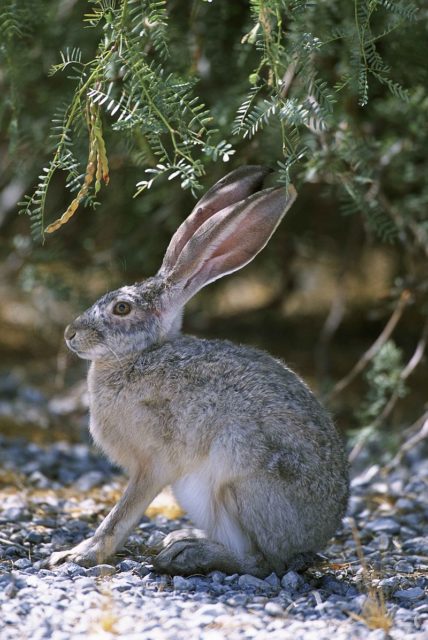
Another goddess who is linked to the historical Ēostre is Eastrgena who was worshiped by the Anglo-Saxons around the county Kent in England.
Read another story from us: The Easter Bilby is the Australian alternative to the Easter Bunny
Many scholars reckon that she was a Germanic matron goddess and this association with the names was made by the linguist Philip Shaw from the Stockholm University. If this presumed connection is real, that would mean that there wasn’t a single goddess, but it was worshiped in triplicate.
